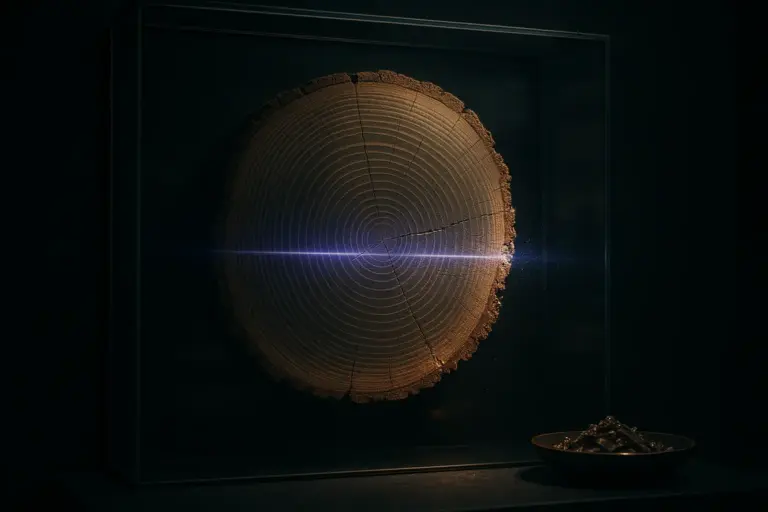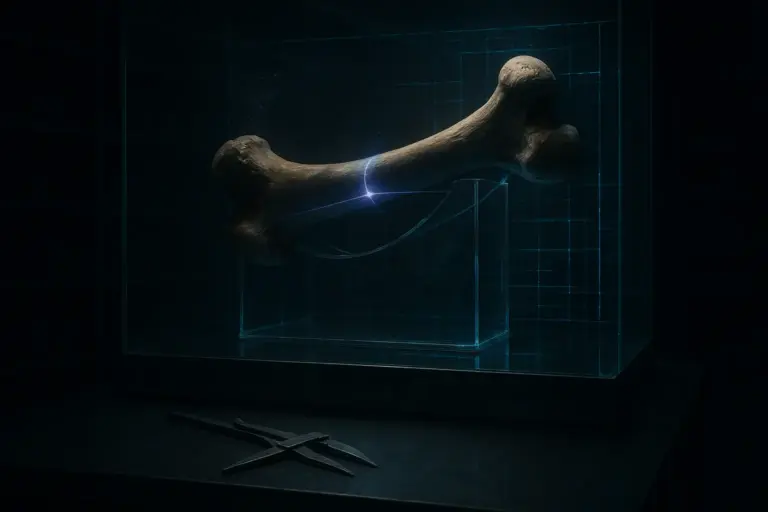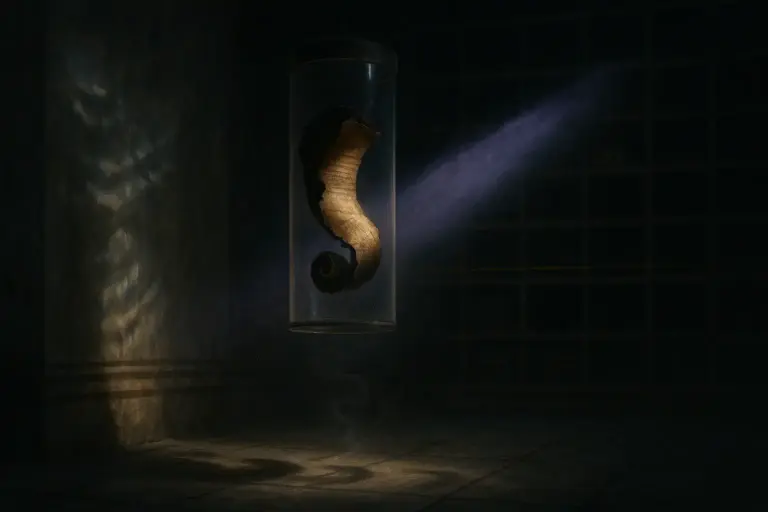The Vatican Secret Archives: An Inside Look at the Historical Records
Beneath green lamps, the myth of the vatican secret archives dissolves into a ledger of power, its final lines still held under procedural embargo.
The first surprise is the smell. Linen guards, dusted edges, a faint thread of ink as a ledger opens beneath green lamps. The phrase vatican secret archives should suggest conspiracies; instead a Latin footnote corrects the room. Secretum once meant private, not hidden, a designation of a papal archive kept close to the office rather than concealed from the world. Yet the binding creaks like a caution. Names surface. Dates align. And then a gap—recent, deliberate, procedural—where a file should be.
What the Video Adds (Quick Summary)
- Details the 53 miles of shelving and the formalized structure dating to 1612, now renamed Vatican Apostolic Archive in 2019
- Explains strict admission protocols: accredited scholars only, proposal-based access, no browsing, pencil-only reading rooms, passports exchanged for credentials
- Documents the 2020 opening of Pius XII materials revealing parallel diplomatic cables with both silence and documented action
- Highlights ongoing digitization efforts as of 2025 while noting the most sensitive series remain offline
- Frames the archives as a ledger of power rather than a vault of suppression, controlling revelation pace through process
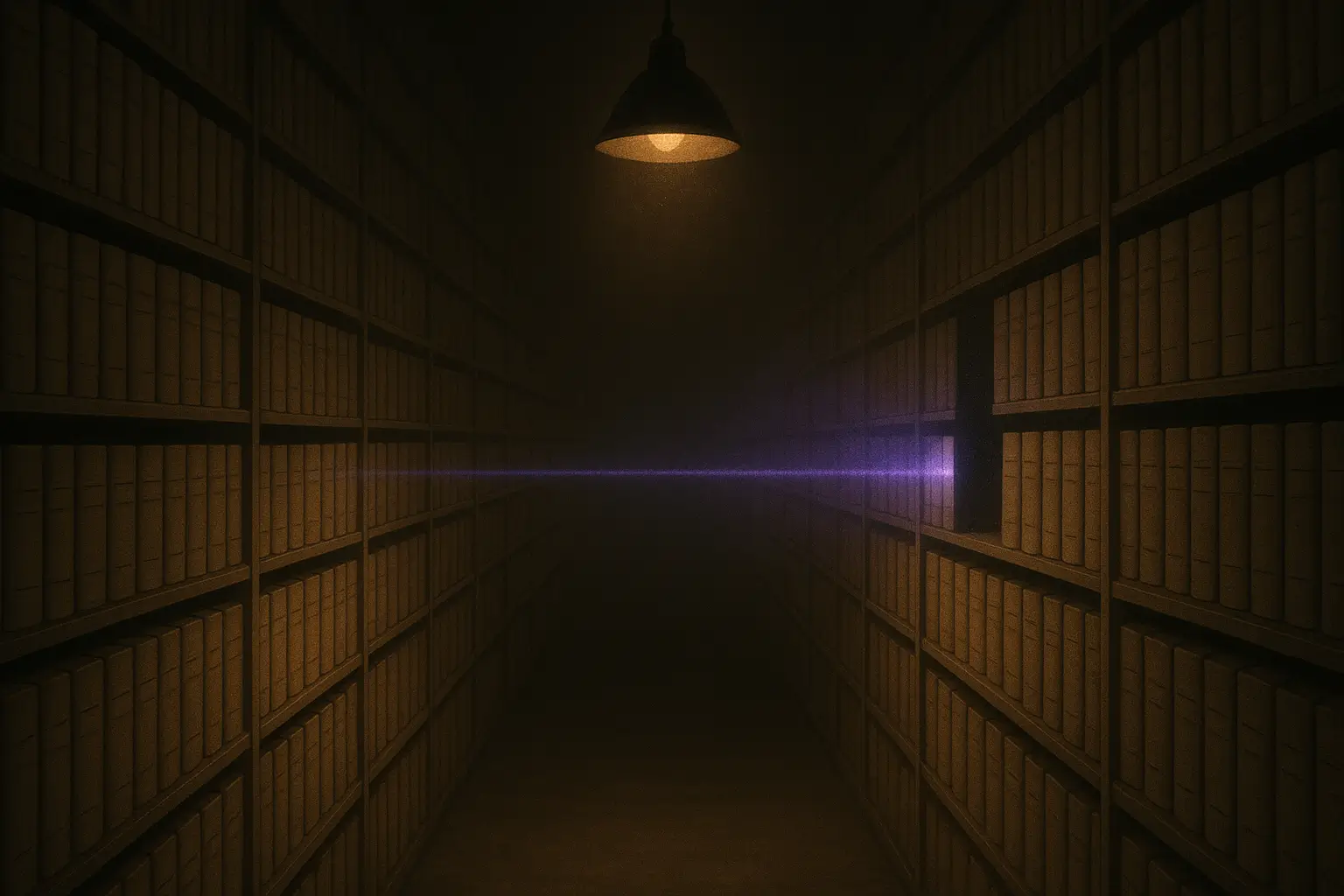
From archivio segreto to Vatican Apostolic Archive
The anomaly begins with a word. For centuries Archivum Secretum Vaticanum labeled the papal archives as the private repository of the pontiff, a working set of governance records. In 2019, the title shifted to Archivum Apostolicum Vaticanum to reduce misreadings that had accumulated in modern languages. The change came by motu proprio, and the rationale was explicit: secretum was never meant to suggest secrecy from the public, but personal custody of the pope. The language moved; the institution remained, still the central ledger of papal administration and diplomacy.
(Source: Holy See Press Office, 2019-10-28, Motu Proprio renaming Archivum Secretum to Archivum Apostolicum)
Access, too, contradicts the myth. Qualified researchers can apply, present credentials, and—once admitted—work under strict reading room rules. The archive is not a museum; it is a functioning record office with controlled flows, time windows, and an admission pass that expires and renews. The story is less cloak and more cabinet, but the cabinet is exacting. Early in the body of hidden history, this distinction clarifies what scholars encounter versus what cinema invents.
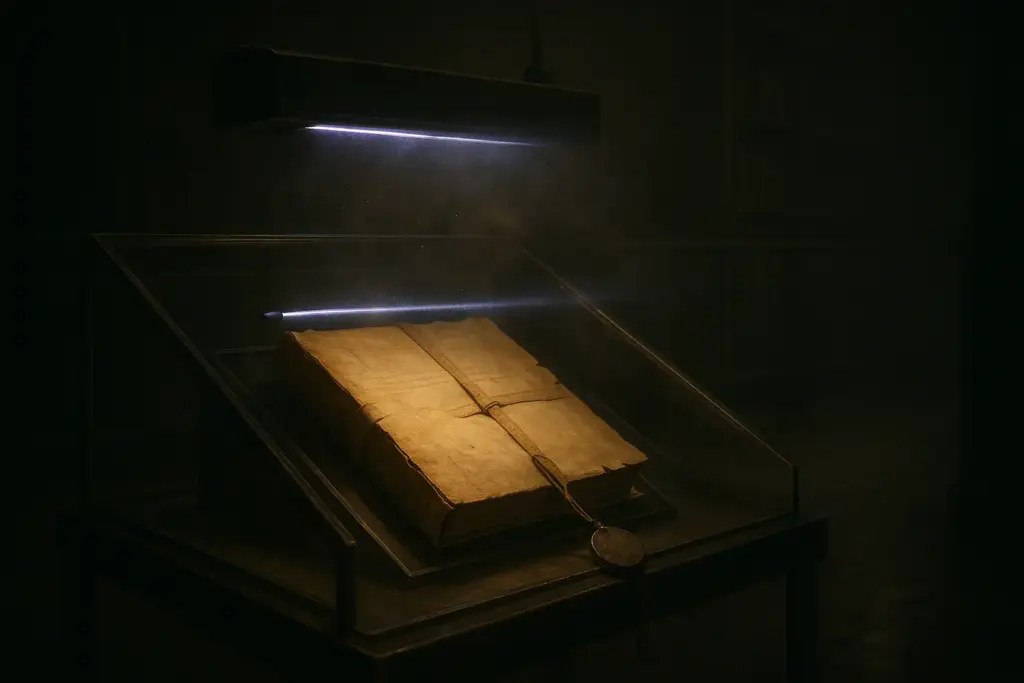
Inside the Vatican archives holdings and finding orders
What sits on those shelves is mapped by fonds and series: papal registers, Secretariat of State files, apostolic nunciature dispatches, congregational acts, and special collections created by offices of governance. The chronological reach begins in the late eighth century with Carolingian gifts and stretches through curial reforms of the twentieth. These are the paperwork shadows of rule—rescripts, briefs, consistorial notes, and diplomatic cables routed through papal chancery records.
Two exemplars stand out. The 1633 trial records of Galileo Galilei—minutes, depositions, and the abjuration—are preserved within the complex of Holy Office documentation, a paper trail that lets historians reconstruct the procedural logic and rhetoric of the tribunal. Another is the Chinon Parchment, a 1308 inquiry into the Knights Templar conducted by papal envoys, recording absolution granted to the order’s leaders—a text once mislaid in cataloguing, later recovered, and now a touchstone for reassessing the affair. Add to these the steady pulse of nunciature correspondence from Europe and beyond, dispatches that reveal how the papacy read states and wars through its own optics.
(Source: Pontifical Academy of Sciences, 2018-01-01, Documentation on the Galileo case and trial context)
(Source: BBC News, 2007-10-12, Report on publication of the Chinon Parchment)
The Vatican Apostolic Archive is distinct from the Vatican Library. The Library preserves manuscripts, rare books, and graphic treasures for the history of texts and images. The Archive holds records produced by governance—the files of offices—and opens them by pontificate when authorized. One preserves thought; the other preserves decisions. Near the midpoint of the historical cover-ups file, this separation matters: researchers pursue administrative truth, not illuminated margins.
(Source: Vatican Library, 2022-06-01, Institutional profile distinguishing library and archive)
Paper is patient. Calendars are not.
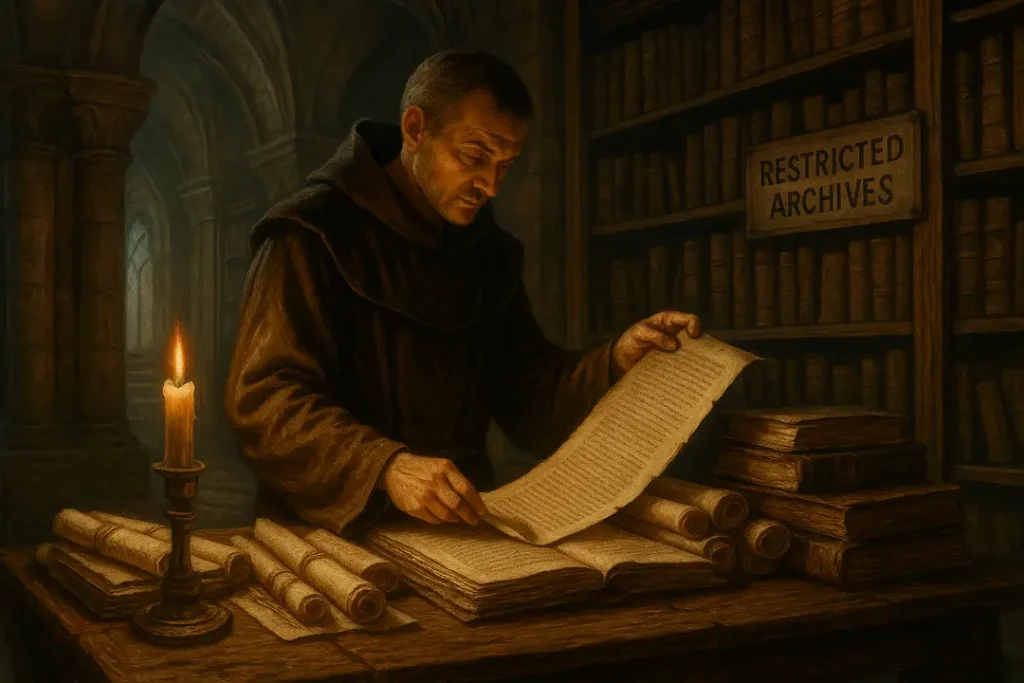
Reading the papal archives rules embargoes and silences
Admission requires a research project, an academic credential, an identification document, and letters of introduction. Once cleared, a pass grants entry to specified reading rooms. Pencils only. Daily request limits govern how many folders can be called. Photography is regulated; reproductions are permitted within rules that protect fragile media and living persons’ data. Working copies travel in sleeves; originals do not leave assigned desks.
(Source: Vatican Apostolic Archive, 2023-01-01, Access regulations and researcher admission)
Openings arrive by pontificate. When a pope authorizes the next tranche, the archive implements a staged release as inventories and conservation allow. The material from the pontificate of Pius XII, for example, opened in 2020, accelerating real scholarship on the Holy See’s wartime diplomacy, charity, and silences. Disputes exist—over speed of description, over selective closures for conservation, over privacy protections—but they are procedural, not theatrical. Files can be withheld for condition, for canonical secrecy, or for personal data. The vatican secret archives are public to scholars, but on the archive’s terms.
(Source: Holy See, 2019-03-04, Address announcing opening of the Pius XII holdings)
Future echoes of the Archivum Apostolicum Vaticanum
Recent openings change the historiography. Diplomatic registers reframe how neutrality, mediation, and humanitarian aid were coordinated across occupied Europe. Curial minutes test narratives built from national archives alone. As new series are inventoried, debates about wartime knowledge, rescue networks, and postwar memory are recalibrated by primary pages rather than inherited polemics.
Not everything is accessible, and not everything should be. Conservation triage, privacy statutes, and ecclesial law define the slope of access. But the vector is clear: as description catches up with holdings, the picture sharpens. The archive remains a slow instrument—methodical, finite, human-run—yet each permission letter and opened box pushes speculation back toward evidence.
The stamp comes down softly. The date is loud.
Sources unsealed on the Vatican secret archives
(Source: Holy See Press Office, 2019-10-28, Motu Proprio renaming Archivum Secretum to Archivum Apostolicum)
(Source: Holy See, 2019-03-04, Address announcing opening of the Pius XII holdings)
(Source: Vatican Apostolic Archive, 2023-01-01, Access regulations and researcher admission)
(Source: Pontifical Academy of Sciences, 2018-01-01, Documentation on the Galileo case and trial context)
(Source: BBC News, 2007-10-12, Report on publication of the Chinon Parchment)
(Source: Vatican Library, 2022-06-01, Institutional profile distinguishing library and archive)
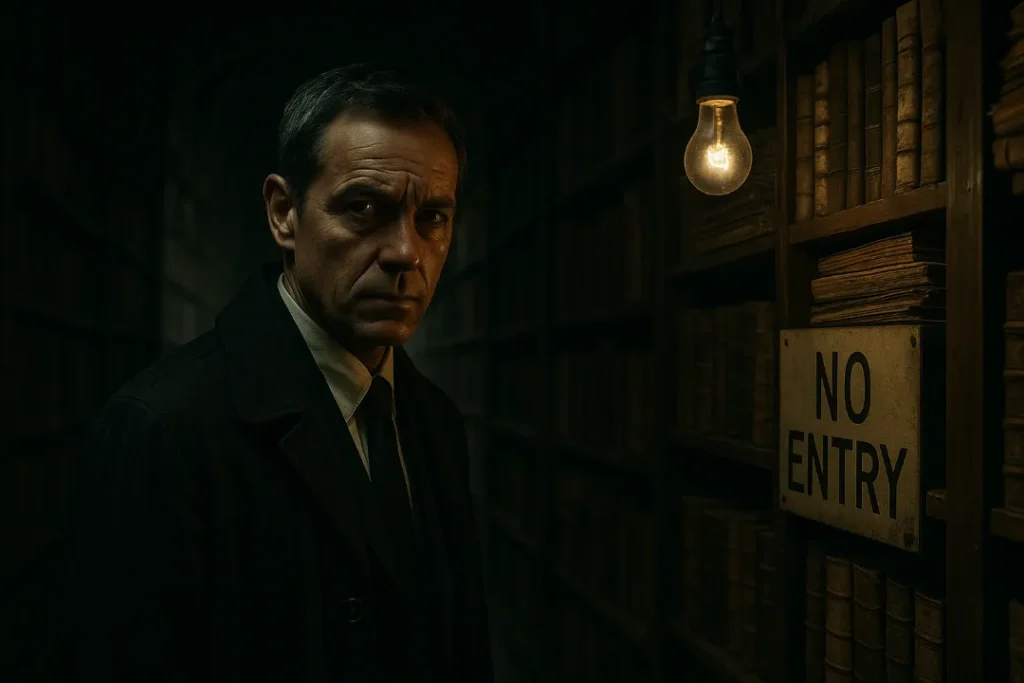
Final transmission Vatican Apostolic Archive
Green lamps burn over buff folders. A pencil stops at a margin where another hand once paused. In this room, silence is a finding aid.
The ledger of the Vatican Apostolic Archive turns slowly, and with it the story long misnamed as the vatican secret archives finds clearer contours. The institutional act of renaming did not erase the ghost of secretum; it clarified custody. What once seemed hidden now reads as held. The trajectory from when a library burned to when an archive opens marks the distance between erasure and embargo—two forms of silence with different outcomes.
Signal ends — clarity remains.
What is the Vatican Apostolic Archive and how does it differ from the Vatican Library
The Vatican Apostolic Archive preserves records produced by governance such as diplomatic correspondence and papal chancery records. The Vatican Library preserves manuscripts and printed books for the history of texts and images. Source: Vatican Library 2022-06-01 vaticanlibrary.va
How can scholars access the vatican secret archives today
Researchers apply with academic credentials and letters of introduction and then work under strict reading room rules with regulated reproductions. Access opens by pontificate as authorized and passes are time limited. Source: Vatican Apostolic Archive 2023-01-01 archivioapostolicovaticano.va
What remains uncertain or restricted in the Vatican archives
Some files are closed for conservation privacy or canonical reasons and descriptive backlogs can delay consultation even after a pontificate opens. Timelines for future releases are policy decisions not fixed dates and may change. Source: Holy See 2019-03-04 vatican.va
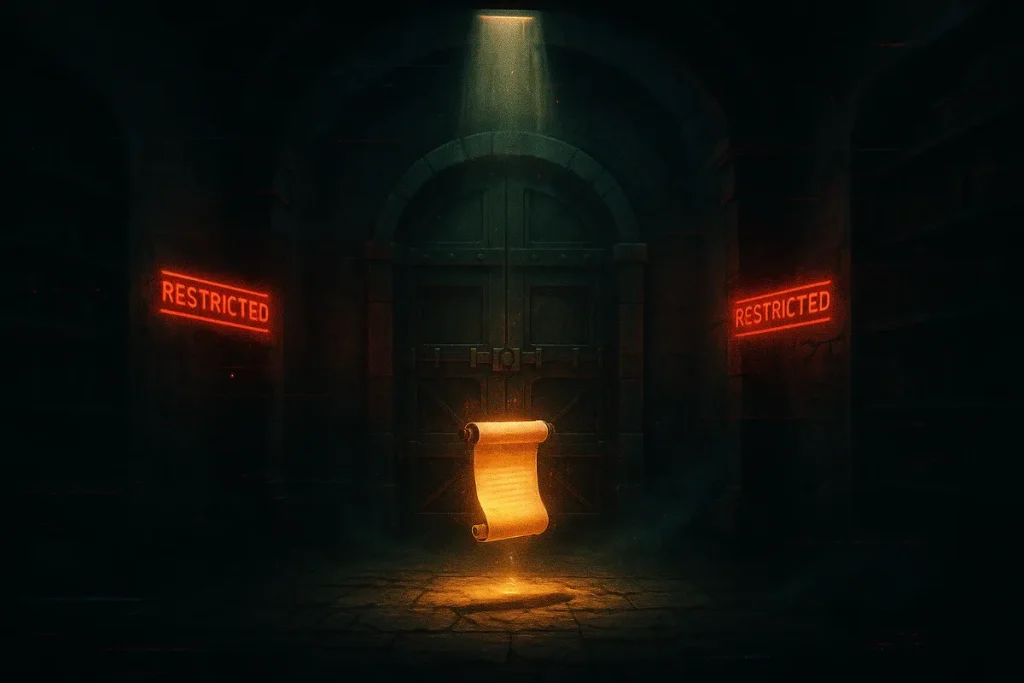
They Don’t Want You to Know This
Join the society of the curious. Get early access to leaked findings, hidden knowledge, and suppressed discoveries — straight to your inbox, before they vanish.


